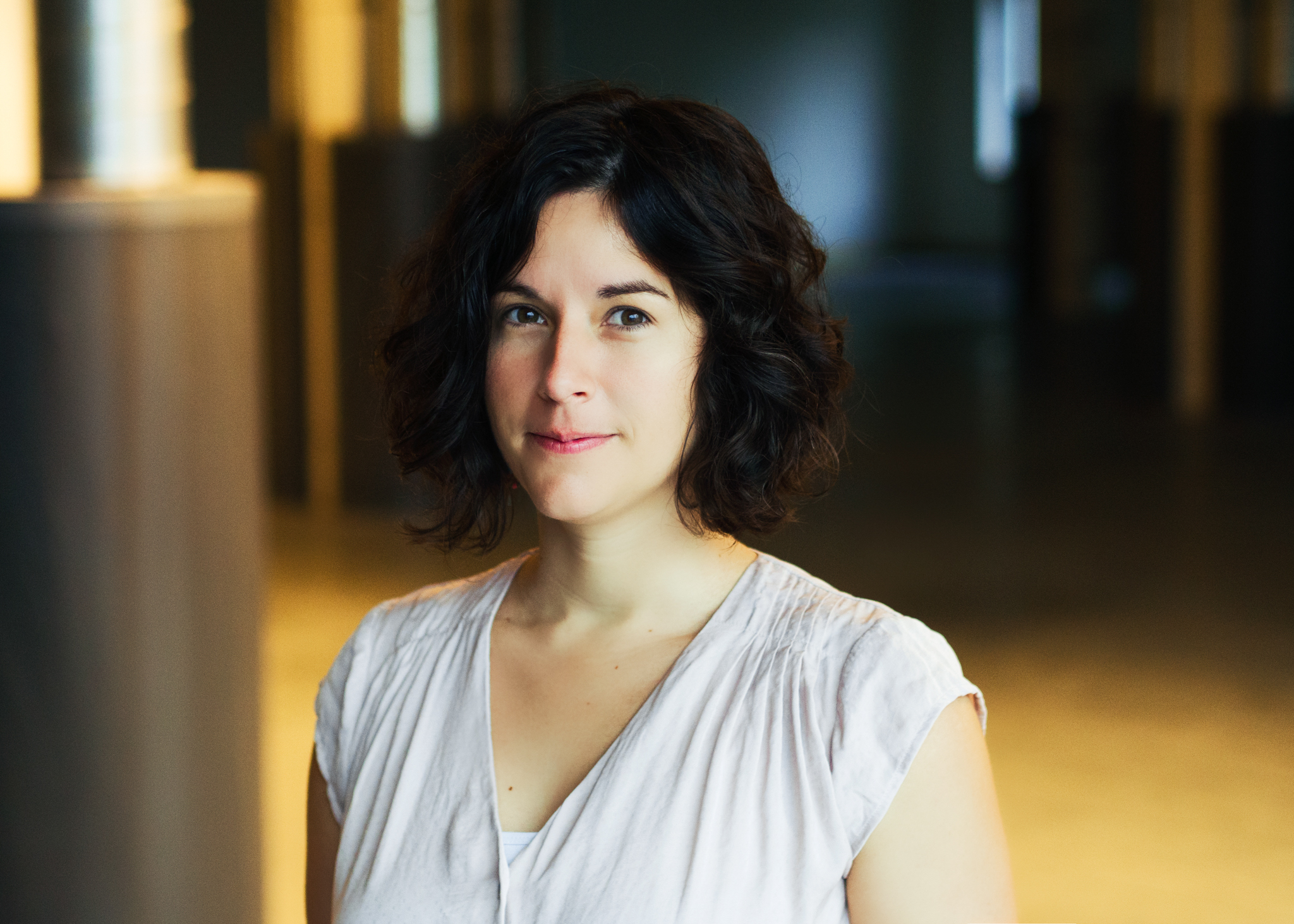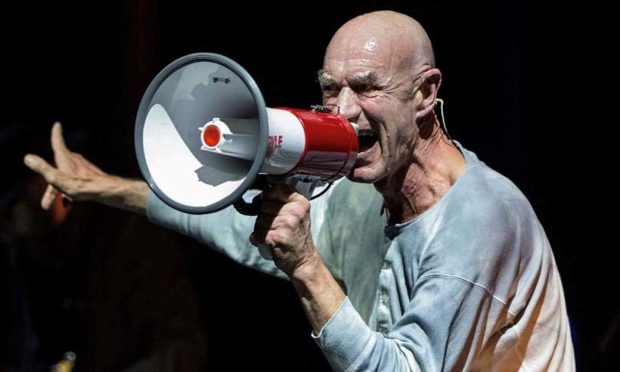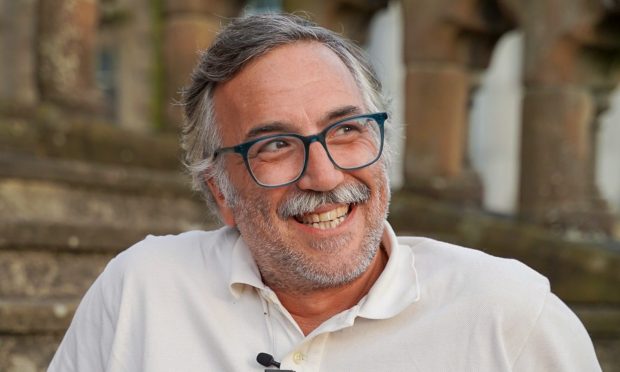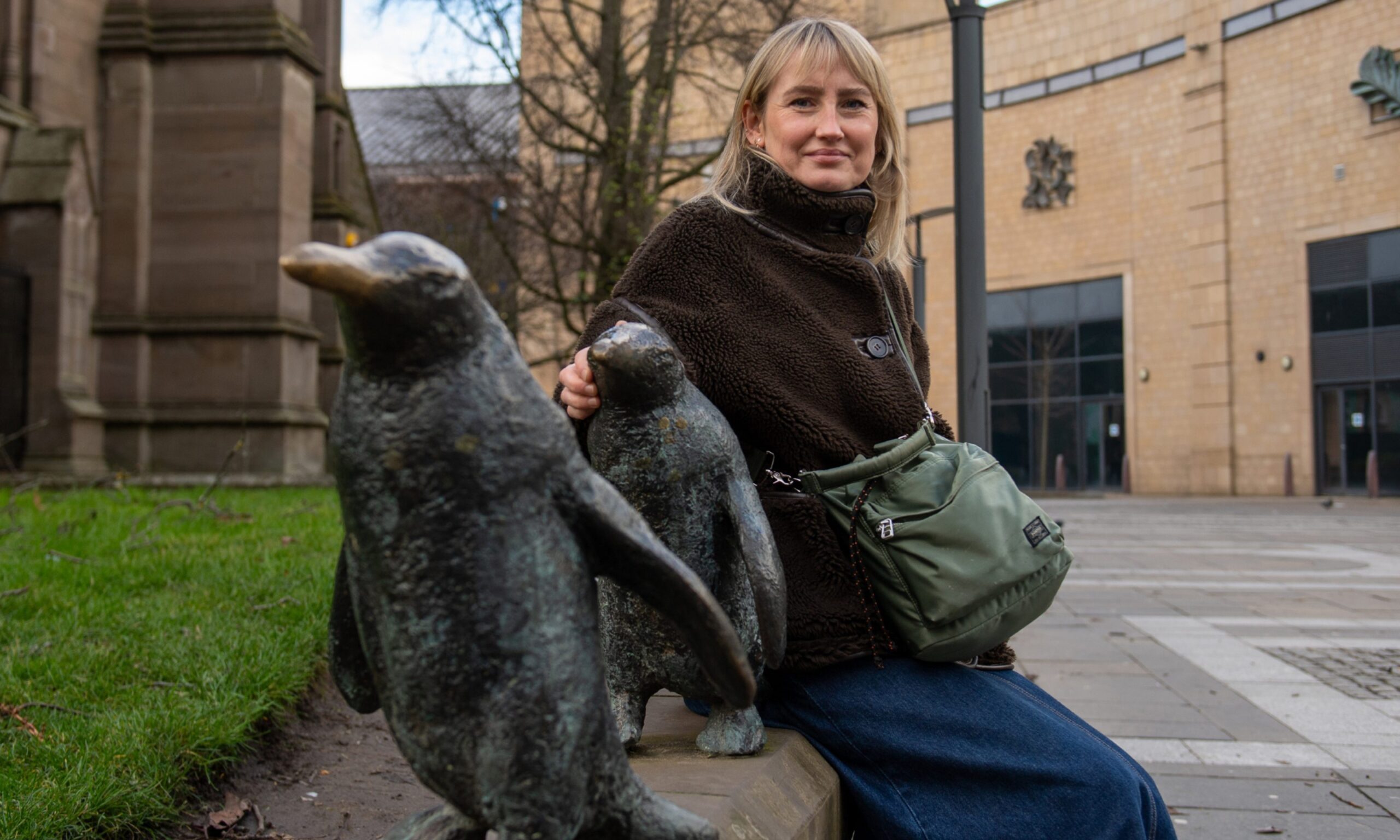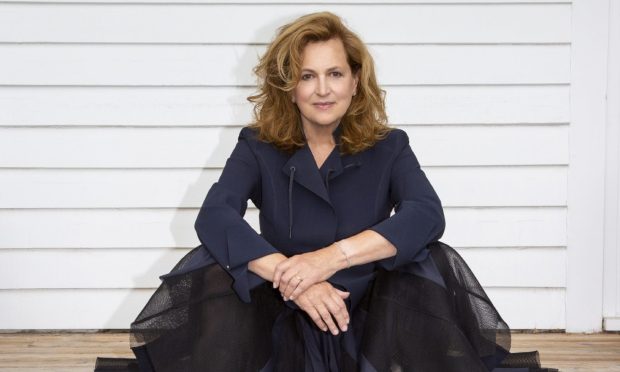Claire Dufour, Programmes Producer at Creative Dundee recently visited UNESCO City of Design, Saint-Étienne’s International Design Biennale. Here, she shares her reflections from this visit in this week’s Design For Life column.
The theme for this year’s Biennale, ‘Working Promesse. Shifting work paradigms’, was explored through numerous exhibitions and events which are held in the city’s former Royal Arms Manufacturing site (‘Site Manufacture’) from March 9 to April 9.
The programme also included several days of discussions with over 70 delegates from Detroit – the guests of honour for this Biennale and a recent member of the UNESCO City of Design network.
What the cities of Dundee, Saint-Étienne, and Detroit have in common is a strong heritage of an industrial manufacturing boom followed by economic decline. As a UNESCO City of Design, each city share the same aspiration to re-imagine themselves through the practice of design and to use the city as a laboratory. The main challenge is then, how to leverage what’s already there and involve everyone in the process?
The discussions I took part in were around the question, “how can design help us re-shape and activate the city into an inclusive, sustainable and resilient place to live and work?”
Design as a style, process or strategy is a human-centred approach which – beyond being used to identify and solve a variety of problems – helps us experiment social innovation, economic development and discover new ways of life. During these discussions, we talked about design as an ongoing process, not to reach an ultimate goal but to perpetuate the continual improvement of things. Design also extends the definition of ‘inclusiveness’ as more than “be a part of” but “take part in”.
New to the Biennale is the experiment, ‘Rue de la République du design’ which questions the High Street’s occupation and livelihood. For five weeks, elected officials, real estate agents, landlords, citizens, entrepreneurs, designers, artists and urbanists are debating on the future and the many possibilities to live and work in the city. Fifteen vacant shops have been reimagined by more than 40 project leaders bringing the street back to life for this short period but with the hopes of seeing some of these initiatives continue after the Biennale. It’s also a great example of how citizens can play an active role in reshaping the high street.
Another example of experimentation during the Biennale is a project led by a multidisciplinary group called Hypermatiére. As part of European Union funded project, Human Cities Challenging the City Scale, this group of designers, architects, artists, and local communities together took over a private piece of land to experiment with possible transformations of the deprived district of Cret de Roch.
We had the opportunity to spend a morning with the collective on site and discuss their process. The collective is using design as a tool to engage with the neighbourhood and increase local creativity.
For this bottom-up collective urban experience, the main challenge was that they underestimated the necessary time it takes to build strong relationships and understanding with all the participants of the project. Like many of us in the cultural sector, they are now working beyond a funding commitment and they confessed to us that the enthusiastic participation of the inhabitants from all ages is key to their motivations to continue.
This project – as with many others from the Human Cities programme – is a great example of social innovation initiatives which show new examples of working together. These kinds of projects also demonstrate a demand for alternative third places, such as Fablabs or Makerspaces, which allow for engagement, solidarity, peer-learning, new governance, shared heritage and freedom from the industrial models of working which now look obsolete.
